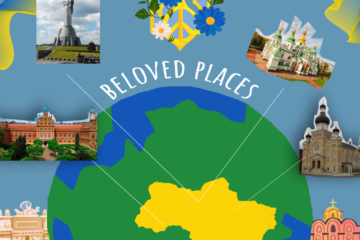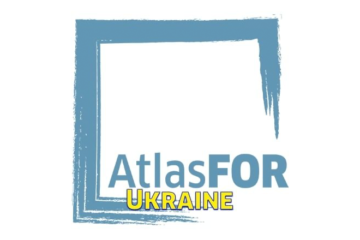Just like the old nobleman does not know what the rooms of his castle contain anymore and asks the servant to bring him this and that, so we do not know what is waiting for us on our territory and we use the web to keep an eye on the single pieces.
This magazine presents – ten times a year – themes and places published on Atlasfor, which gradually are enriched with POI (Point of interest) dossiers, collaborations with local actors, reactions of who – for visiting or for study – uses Atlas and enhances it.
We look at Google Maps, we check the name on the chart and then we use Wikipedia to discover something about it. We are losing the perception of the places, the ability to travel on our territory and of understanding it through the landscape.
For many years the Landscapefor Association has been working on Atlasfor: a project to identify the places and narrate through images the heritage of material and immaterial culture that those places host. It is a web-app that you can access directly from the website. On the map you can choose the Points of Interest (POI) and open different dossiers that describe them. Photos or videos introduce the history, projects, events, the context and the stories that each asset of the cultural heritage of landscape has witnessed: each dossier is an image with a caption. The narrative is based on documents of the “official” culture as well as news report, songs, films and particulars that you can miss at first sight. Those are contents of knowledge and emotion, on the moment of the direct approach, organized for an implementable, updatable and translatable narration.
The Atlasfor project was born to show iconographic documents in relation to those places: a sensible way to make those precious image archives of the institutions, as for example Istituto Luce and Archivio di Stato, useful for visitors. Waiting for institutional channels to be more affordable for common users, we would like to report on the map the narration of the territories with materials of those who are the most attentive and involved witnesses.
Atlasfor, thus, offers a smooth window for “active landscape”: operators who offer quality services for receptiveness and cultural quality of the territory. We are ready to listen to all those associations who collect historical testimony, curators of abandoned assets, hotel de charme, wine or local food producers. In fact, no garden is interesting as the one introduced by who takes care of it every day.
Italy, the “garden of Europe”, has gardeners everywhere: hundreds of thousands of people who work to take care of it and offer it at best to visitors. It is a huge work, public in some small way, often volunteering, silent and unknown. It is a mine of active resources, by which cultural heritage is alive and shared. It is the humus of the Italian landscape, a precious and infinite carpet on which famous monument are laid, and made unforgettable.

